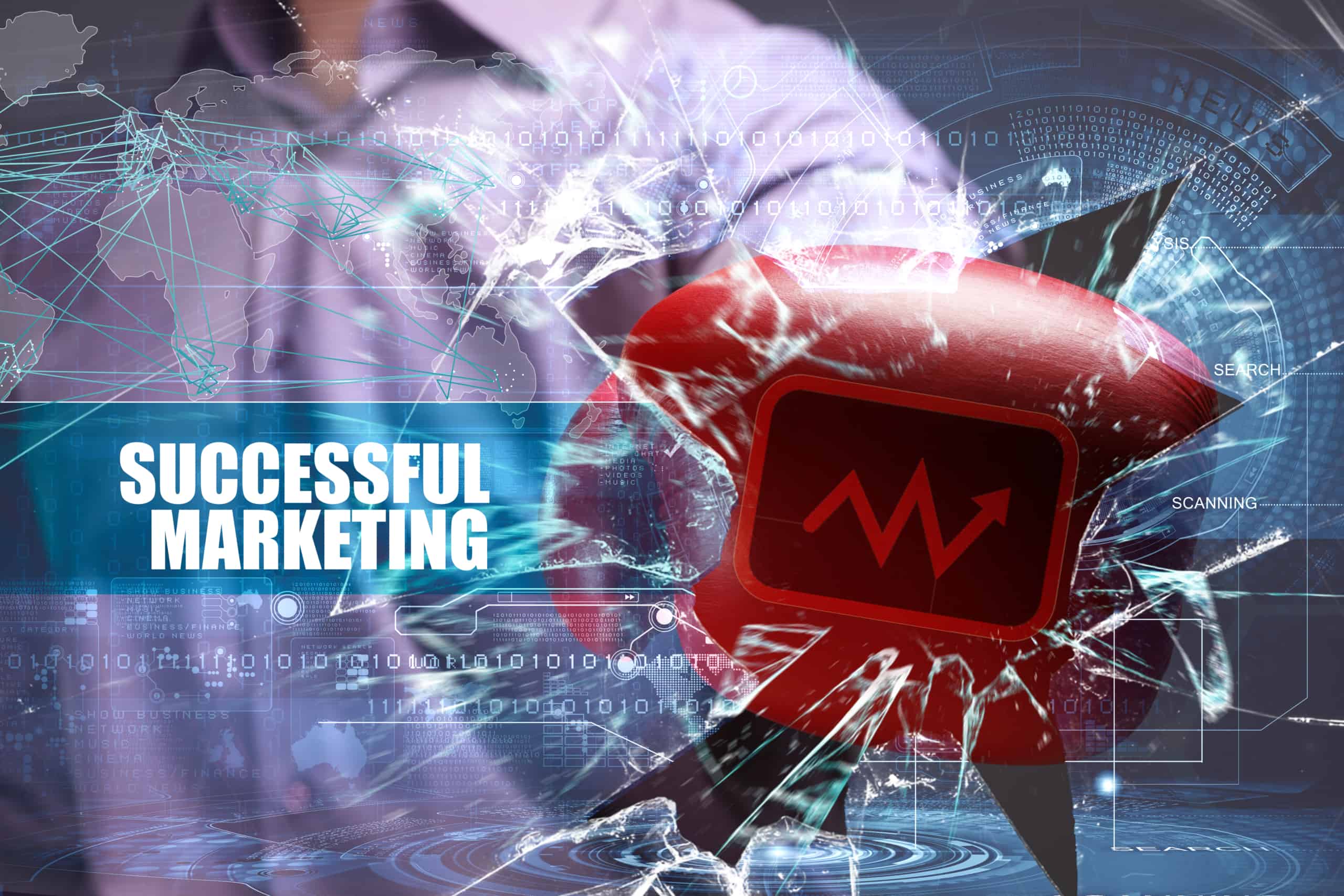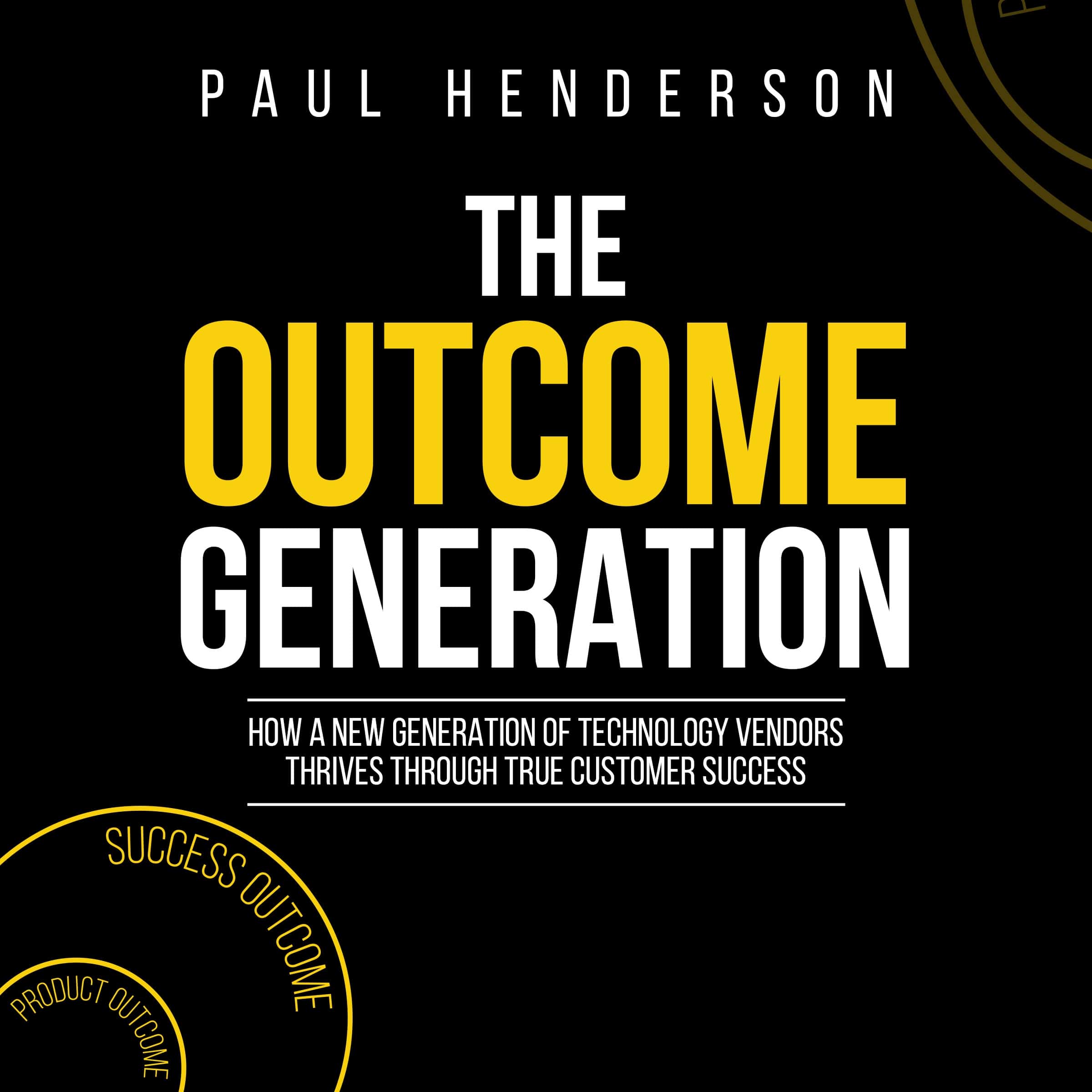How Marketing Escorts Prospects through the Technology Buying Cycle

Most of the B2B technology buying cycle occurs before prospects contact vendors. CEB (now part of Gartner) estimates 57% of the buying cycle has finished before prospects speak with vendors. Others suggest it’s even later.
By the time Sales gets involved, the prospect has most of the information they need. They’ve used online resources to research potential vendors and have chosen a short list. They’ve probably already done reference checks with existing customers.
Marketing’s role has always been to build a pipeline for sales to close. That hasn’t changed. But, Marketing used to cover a much smaller part of the buying cycle. Now, they cover 57% or more. And they cover multiple steps in the technology buying cycle.
We all know if you talk to someone about a topic that’s not of interest to them, they’ll disengage (yawning is a good early warning sign). For B2B technology vendors, the customers interest changes at different steps of the buying cycle. So, Marketing must adapt the messages for each of the different steps.
Step 1 – Results
In the B2B space, the buying cycle begins when someone in the prospect decides their results need to improve. Customers don’t spend money on technology when the results are okay (unless an external event forces action e.g. government regulation).
When prospects are in Step 1 and considering their business results, the marketing messages need to be about business results. Prospects will have interest in benchmarking data, insights into results other companies are achieving and insights into future threats to results.
Prospects will yawn and disengage if the marketing messages are about product, product benefits, product value or product case studies. At this step, they’re only interested in business results.
Step 2 – Roadblocks
The prospect has decided they need to improve business results. Now, they’ll analyse the roadblocks to improved performance. They want to know what has stopped them (if their past results were inadequate) or might stop them in the future.
At this step, the experience of other companies and insights into the underlying causes of possible roadblocks interest the prospect. Demonstrating an understanding of the roadblocks builds empathy. A prospect is more likely to believe a vendor can help them if the vendor understands the roadblocks.
Step 3 – Requirements
Next, the prospect is interested in ways of overcoming the roadblocks and improving results. They’re interested in business solutions or approaches. They want to know how other organisations have improved results in the same business area. They’re also interested in new ideas and insights on improving results.
The vendor’s marketing messages now focus on approaches to improving performance.
Step 4 – Selecting the Most Likely
The prospect has decided how they’re going to improve business results. Now, they want to know who can help them. The prospect will conduct further research online and through their network. They’ll choose the organisations most likely to help them. Vendors who have helped the prospect in the earlier steps increase their chance of making the shortlist. The prospect feels they already have some relationship with those vendors. They’re feeling some trust towards them.
Marketing now describes how the vendor can enable the business results. The messages should give confidence to the prospect. They should not include platitudes such as the vendor’s commitment to excellence or to their customers.
The prospect will choose vendors that interest them and conduct preliminary due diligence. They’ll learn about the vendor’s customers, ownership, partners, methodologies and tools, products and more. By the end of this step, they’ll know almost everything they need to know about a vendor.
Step 5 – Engage with Vendors
There is little in the way of education still required by the prospect in this step. Now it’s about compatibility and ensuring the vendor can deliver. Sales leads this step. But, Marketing still has a role. Sales needs messaging, presentations and collateral that reinforce the ability of the vendor to enable business results.
It’s easy for Sales to focus on their products. But the prospect doesn’t care about the vendor’s products. They only care about achieving the improved business results. Marketing can help ensure the vendor’s focus remains firmly on the path to achieving the improve business results.
The task of Sales is to help the prospect complete their evaluation of how they’ll achieve the improved business results. And the smart salespeople know it’s not just about the product.
Building the Relationship with the Prospect
Traditionally, Sales builds the relationship with prospects. Now, most of the buying cycle is over before Sales gets involved. So, Marketing must play a role.
Marketing provides relevant information at each step. When the prospect considers results, content on results helps them. As does the information on roadblocks and ways to improve business results when the prospect moves to those steps.
Relationships strengthen as the amount of engagement increases. The more time a prospect spends with the vendor, the more likely trust and a positive relationship will develop.
Marketing can increase the time a prospect spends in two ways. First, provide multiple levels of detail. At each step, a quick summary will grab the prospect’s attention. Videos are great for this. The next level of detail will provide deeper understanding and a third level may provide expert input.
The second way to snare a prospect’s time is with tools. It’s possible to provide questionnaires, surveys and other tools that help the prospect evaluate by themselves. For example, a calculator may help a prospect work out how much an improvement in specific business results will mean for them. They input their own data and get results specific to them.
The vendor can build a relationship with the prospect before the two organisations engage face-to-face. And that increases the chances of Sales closing the deal.
Summary
Marketing now has an active role in building relationships and trust with prospects. They must understand the conversation needed at each step in the buying cycle. And they can enhance the relationship by providing the right content and the right tools at each step.
By the time the prospect is ready to speak with Sales, they are positively disposed towards the vendor.
Next Steps
Here are the steps
- Start by mapping the technology buying cycle for your business
- Identify what has the prospect’s interest at each step
- Plan the content and how many levels of detail you’ll provide at each step
- Consider the tool that would allow the prospect to self-evaluate
- Ensure Sales continues to focus on enabling the prospect’s business results
And close more business as a result.
This article is extracted from the new book; The Outcome Generation: How a New Generation of Technology Vendors Thrives through True Customer Success
Paul Henderson is an author, speaker and consultant on outcomes and customer success for technology vendors. He spent 15 years leading the Asia Pacific region of an enterprise software company. He saw the potential that could come from delivering real and measurable business success for customers. So he initiated a customer success program based on customer outcomes. He and his colleagues developed, modified and proved the model over more than five years. He then spent one a half years researching and writing, culminating in the release of The Outcome Generation.
This article is based on the book; The Outcome Generation: How a New Generation of Technology Vendors Thrives through True Customer Success
Paul Henderson is an author, speaker and consultant on outcome-based customer success for technology vendors. His last role was leading the Asia Pacific region of an enterprise software company. He saw the potential that could come from delivering real and measurable business success for customers. So, he initiated a customer success program based on customer outcomes. He and his colleagues developed, modified and proved the model over more than five years. He thespent one a half years researching and writing, culminating in the release of The Outcome Generation.
+61 1300-859791
pjh@outcomeleaders.com
facebook.com/outcomeleaders
linkedin.com/outcomeleaders
youtube.com/outcomeleaders
Receive the latest on Outcome-based Customer Success |
Send us a Message
Error: Contact form not found.



